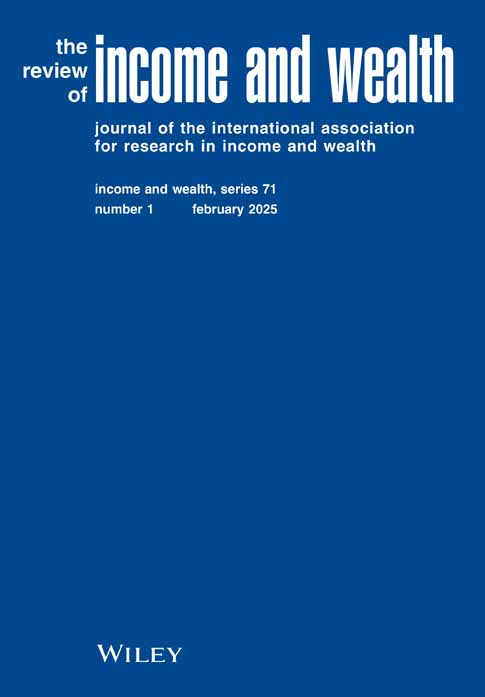An application of LASSO and multiple imputation techniques to income dynamics with cross-sectional data
We thank Aziz Atamanov, Eduard Bukin, Oscar Calvo, Andres Castañeda, Hai-Anh H. Dang, Francis Addeah Darko, Carolina Diaz-Bonilla, Reno Dewina, Leonardo Gasparini, Jonathan Hersh, Gabriela Inchauste, Jose Montes, Peter Lanjouw, Laura Liliana Moreno, David Newhouse, Minh Cong Nguyen, Obert Pimhidzai, Walter Sosa-Escudero, Carolina Sanchez-Paramo, Carlos Silva-Jauregui, Liliana D. Sousa, Shinya Takamatsu, Mariana Viollaz, Judy Yang, Nobuo Yoshida, Matthew Wai-Poi, Bagus Arya Wirapati, and Salman Zaidi. We also thank participants of the LACEA-LAMES 2018 meeting. Carlos Santiago Guzmán-Gutiérrez provided outstanding research assistance. Pablo Gluzmann provided outstanding support in the construction of all panel datasets. We thank Nicolas Hérault, Stephen Jenkins, and Gerton Rongen for making their STATA codes available. All remaining errors are ours. The findings, interpretations, and conclusions expressed in this paper are entirely those of the authors. They do not necessarily represent the views of the International Bank for Reconstruction and Development/World Bank and its affiliated organizations, or those of the Executive Directors of the World Bank or the governments they represent.
Abstract
This paper introduces, validates, and applies a Least Absolute Shrinkage and Selection Operator with multiple imputation by Predictive Mean Matching (LASSO-PMM) method to estimate intra-generational income dynamics from cross-sectional data. We validate the method using 36 harmonized panel data sets in four Latin American countries and apply it to cross-section data from 43 countries across the world. Results show that LASSO-PMM predictions are statistically indistinguishable from actual household poverty rates, mobility indicators, and income or consumption changes. These findings suggest that estimating economic mobility using a LASSO-PMM approach may accurately approximate actual income dynamics when panel data are unavailable.




